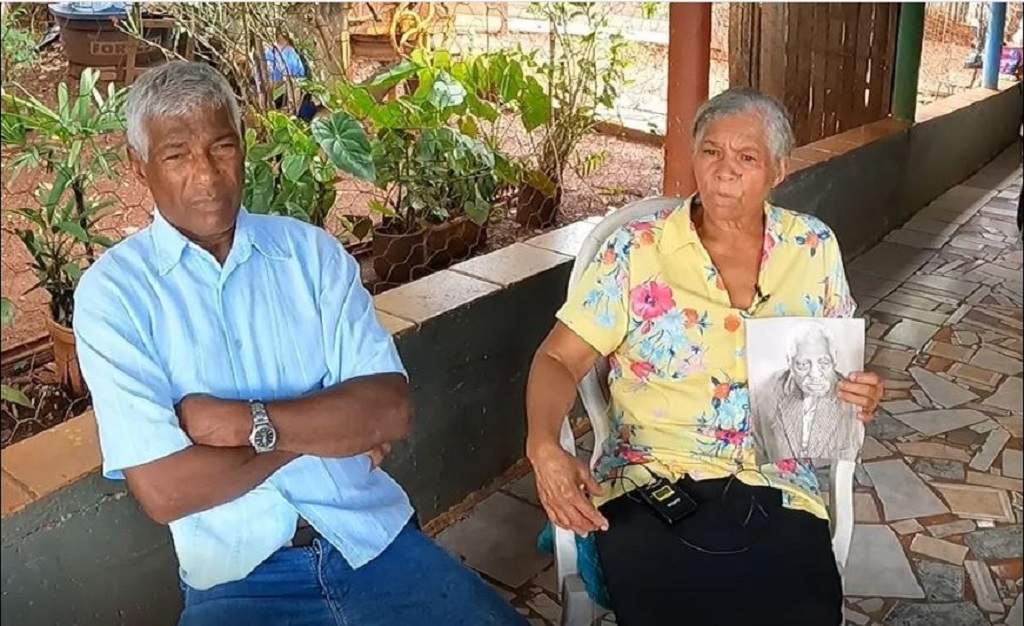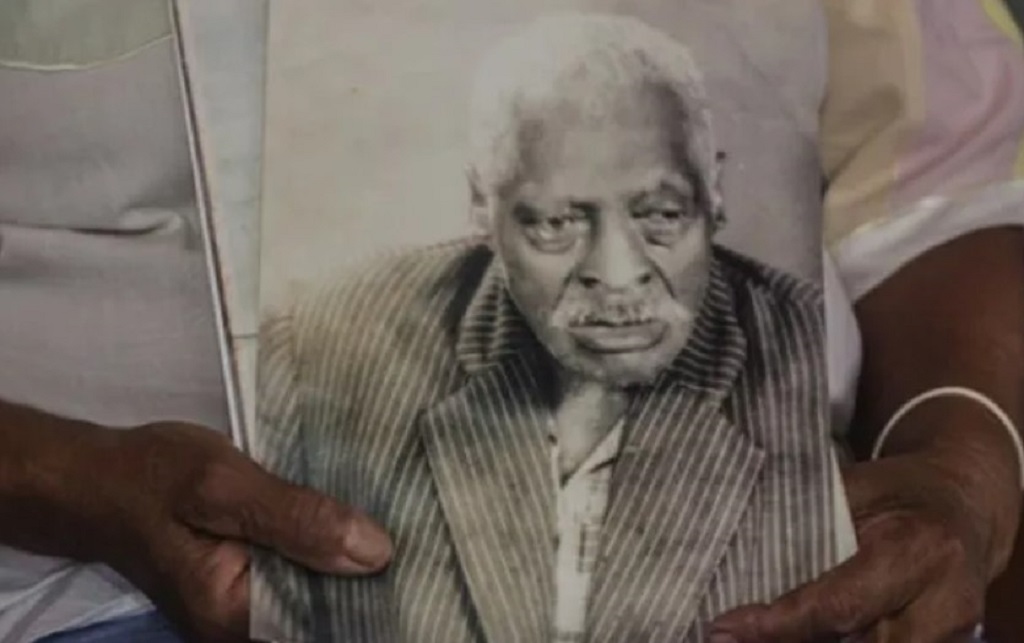People frequently search for Pata Seca Wikipedia due to his status as a legendary figure in Brazilian history. He gained fame for his rebellions against plantation owners and his leadership in slave revolts. To discover more about his heroic story, continue reading.
Pata Seca, also known as Roque José Florêncio, is a legendary figure in Brazilian history. He lived during the 19th century as an enslaved person and gained fame for his exceptional height, strength, and fertility.
Roque’s story represents the resilience and survival of many other enslaved individuals.
His tragic existence centered around his purpose as a breeder, where he was bought with the sole intention of producing offspring for the benefit of his owner.
Also Read: Anita Sands Wikipedia Bio Age Partner And Net Worth
Pata Seca Wikipedia Bio And Age
Seca was born in 1828 in Sorocaba, São Paulo, Brazil. Sadly, he was captured and enslaved by a landowner named Joaquim José de Oliveira.
Pata Seca was forced to work in the fields and had an additional heartbreaking role as a breeding slave.
Despite these hardships, Pata Seca, who stood over 7 feet tall (2.18 meters) and possessed immense strength, showed remarkable courage, intelligence, and charisma.
He attempted numerous escapes and actively helped other enslaved individuals find safety in quilombos, communities formed by escaped slaves.
Originally from Sorocaba, São Paulo, Pata became the property of a farmer in São Carlos during the first half of the 19th century.
Due to his imposing height of 7’2″ (approximately 2.18 meters), he was chosen specifically to be a breeder.
His sole purpose was to engage in relationships with female slaves, intending to produce a strong workforce with desirable genetic traits.
His life was entirely controlled by his owner who underwent careful health checks, received sufficient food, and was treated as a mere breeding tool.
The exact number of women Pata had relations with and the frequency of these encounters are unknown. However, it is estimated that he fathered over 249 children, all born into slavery.
 Pata Seca aka Roque Jośe Florêncio was recruited as a breeder. (Source: Twitter)
Pata Seca aka Roque Jośe Florêncio was recruited as a breeder. (Source: Twitter)
These children inherited their father’s enslaved status, enduring lives of servitude. Some were sold for profit, while others were forced to work on their owners’ plantations.
In addition to his breeding responsibilities, he also cared for horses and transported correspondence between the farm and the city.
Due to his success in producing a significant number of offspring, Roque received relatively better treatment.
He was granted special privileges, and when slavery was abolished in Brazil in 1888, his master even gave him a plot of land as a token of acknowledgment.
Pata Seca Wife
Palmira, Seca’s spouse, was an extraordinary woman who shared his desire for freedom. She demonstrated resilience and bravery, supporting her husband throughout their struggle for rights.
With extensive knowledge of medicinal plants, Palmira served as a skilled healer in the quilombo, caring for the injured and sick. Together, they fearlessly faced colonial troops, defending their territory.
 Davi, great-great-grandson of Pata Seca (Source: globo.com)
Davi, great-great-grandson of Pata Seca (Source: globo.com)
Once he obtained his freedom, he discovered love and companionship in Palmira. Their union resulted in nine children, forming the core of their own family.
He devoted himself to establishing a new life for his loved ones on the land given by his former master.
As a farmer, he owned and managed his own farm called “Sítio Pata Seca.”
There, he worked tirelessly in producing and selling rapadura, a solid form of unrefined cane sugar.
Pata Seca Story Explored
Pata’s nickname, “dry foot,” holds different meanings, possibly stemming from a foot condition or his ability to walk on scorching ground without discomfort, signifying his elusive nature when escaping captors.
His remarkable legacy includes fathering an estimated 249 children. Most were born to enslaved women assigned to him, while others resulted from relationships with free women.
Despite the hardships of slavery, Seca deeply cared for his children, educating them in literacy, combat, and survival. Many of his offspring followed his path, becoming leaders in quilombos or joining the fight against slavery.
His descendants can be found throughout Brazil, honoring his memory annually on June 13th, the day he passed away.
Pata was a symbol of resilience and resistance in Brazilian history. He rebelled against plantation owners, led slave revolts, and sought refuge in a quilombo and his courage made him an enduring figure of bravery.
 Relatives of Pata Seca, a slave who had 249 children (Source: globo.com)
Relatives of Pata Seca, a slave who had 249 children (Source: globo.com)
When he passed away in 1958 at the age of 130, his funeral drew thousands of admirers. He was buried in Santa Eudóxia, where a monument now stands in his honor.
Pata’s name adorns streets, schools, monuments, and artworks, while his descendants continue to explore their heritage and connect with relatives, preserving his unwavering spirit.
Also Read: TMZ: Charles Latibeaudiere Hospitalized, Health Update And Age Revealed

